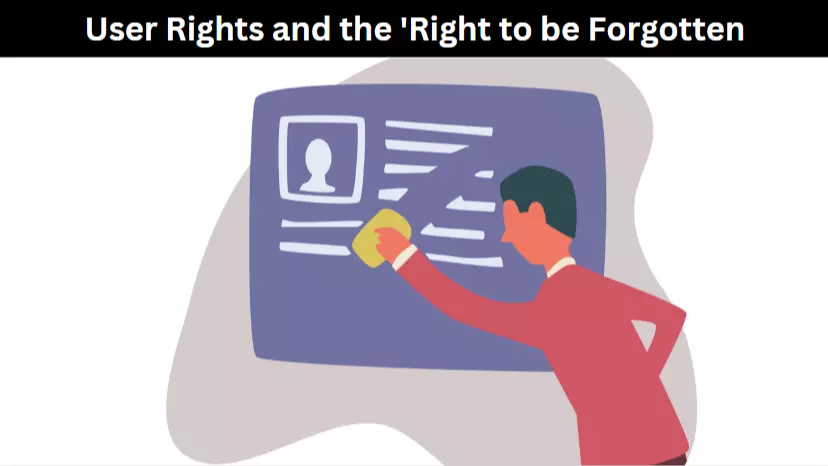Almost every business has undoubtedly heard of the ‘Right to be Forgotten’ as part of General Data Protection Regulations or GDPR at one point or another. The GDPR applies to all European Union (EU) member states and lays the foundation and regulations relevant to data collection, data protection, and the rights of data controllers and individuals.
User rights on the other hand are the level of access granted to users by which they can log onto a system or can ask for data privacy within the organization. this article will walk readers through the process of how the right to be forgotten works concerning the data subject.
Challenges Under the General Data Protection Regulation
With the implementation of the EU’s GDPR, a new regulatory regime for businesses has begun across Europe and beyond. It is seen that a few companies are fully compliant, and as many as half feel somewhat unprepared for GDPR. The key reason behind this is that these organizations or companies try to implement temporary controls and processes rather than seek permanent solutions, according to McKinsey’s research.
Along with these, broader organizational challenges also continue when it comes to complying with GDPR. This particularly includes honoring and protecting the rights of data subjects, reporting breaches, and numerous other stopgaps.
With all these challenges, organizations still manage to implement sustainable solutions to benefit them in the long run.
Other challenges include:
- Security controls
Data security breaches can tarnish a business’s reputation and damage its finances. To take an example, a study conducted by Ponemon Institution on data breach incidents when investigated showed that the average cost of that data breach was $3.62 million in 2017.
Companies are required to have effective IT controls to maintain robust data security within their businesses.
- Data management
Manual processes are prevalent in certain aspects of data management related to GDPR compliance.
It involves certain things to consider:
Transparency for customers – This is one of the crucial steps to ensure the fulfillment of formal requirements. This involves encoded in-fair processing notices and user consent.
For instance, a European regulator may impose a heavy fine on a corporation for violating the GDPR’s transparency standards. This requires companies to ensure that consent management systems are auditable, transparent, and well-positioned.
Reporting of data breaches – Reporting data breaches and overcoming the issue is also one of the major concerns of most businesses. According to a survey, businesses are required to have 72 hours to become aware of any data breaches to avoid the risk. Think of it or not, it is a serious matter of concern to comply with GDPR.
To cope with this issue, businesses are required an adequate number of staff members with proper training such as GDPR training to create awareness of various data security issues and how to deal with them.
- Organizational challenges
Other challenges that organizations may face are not just related to IT but they need to ensure the process design during the preparation of GDPR to work and produce the expected results for their businesses.
The most concerned areas include enabling the rights of data subjects, handling data breaches within the business, and managing audit processing.
What is the Right to be Forgotten?
When talking about the ‘Right to Be Forgotten’, it is defined as users having the right of the data subject to erase the personal information they don’t want to give online.
It primarily means removing personal data from search engines like Google, Bing, and Yahoo, along with online directories.
There has been a form specifically for the right to be forgotten, as presented in the EU in 2006. This whole idea derives from people who wanted autonomy over their data so that it won’t harm them in the future.
User Rights Under the GDPR
The General Data Protection Regulation may be the legislation aimed at data controllers but it is data subjects that are truly at the core of the text.
Below are some of the user rights to be aware of:
- The right to information
- The right of access
- The right of rectification
- The right to reassure
- The right of restriction of processing
- The right of data portability
- The right to object
- The right to avoid automated decision-making
To Finish It Up
User data protection is a serious matter of concern that may lead businesses to data breaches or hefty fines. Businesses and organizations need to have effective policies and strategies to avoid any legal obligations regarding General Data Protection Regulation (GDPR) and must have ways to cope with the challenges they may face in the process.
This piece of content has covered it all, what anyone needs to know about their users’ personal information, the law regarding data removal, and these issues if not taken seriously can cause big problems.
